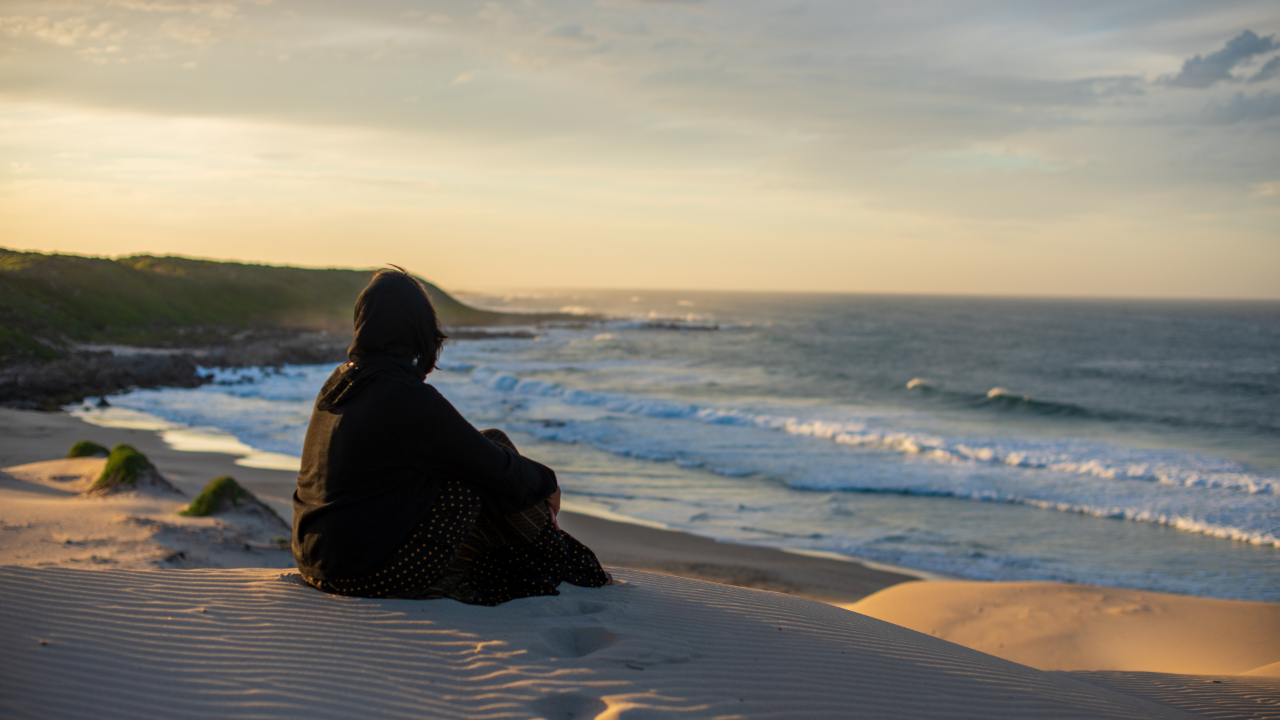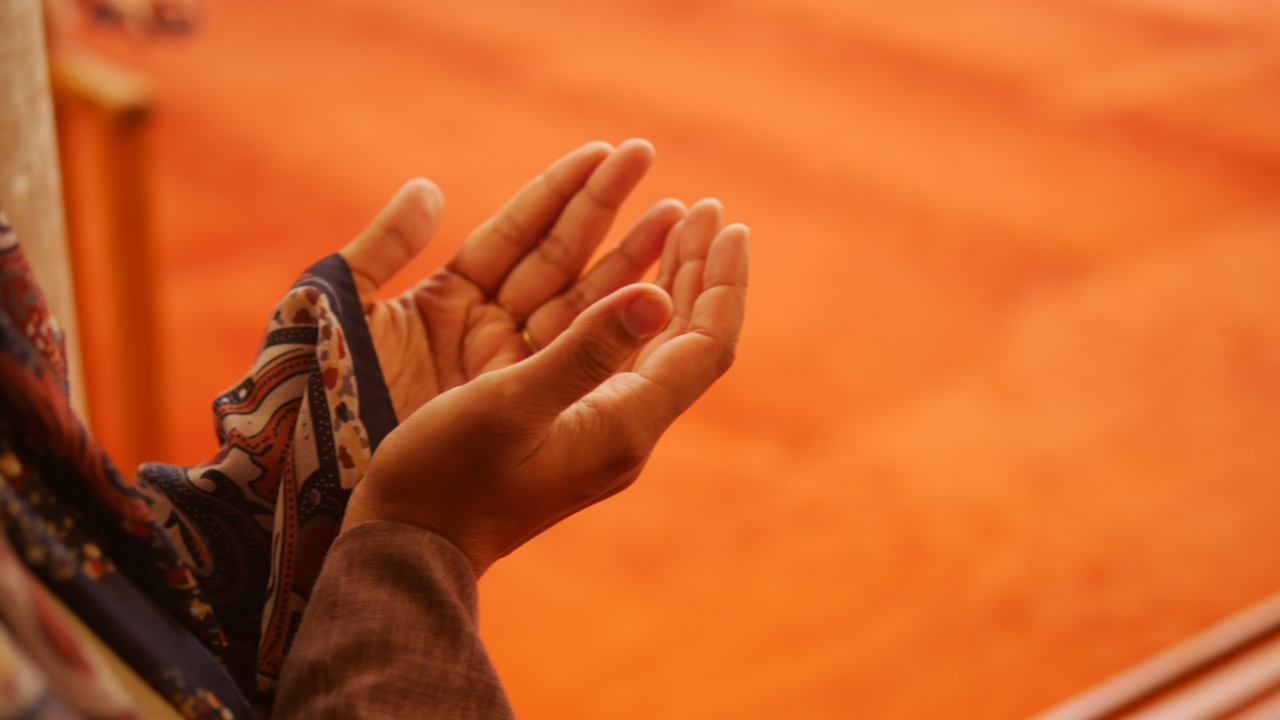My Travels to Bosnia Part 2: A Land Of Minarets

Read time: 6 mins
It’s 3am. I’m asleep in a hotel room located in the heart of Sarajevo’s Old Town, the window is slightly ajar. The sound of birds chirping in unison starts to stream in through the window alongside the adhan, the call to prayer.
Carried by a gentle breeze throughout the city, the melodious call is a delight to the senses, the ultimate alarm clock.
As I make my way along the cobble paths towards a masjid which is situated only a couple of minutes away, I’m a mixture of emotions. I feel intense gratitude to be standing on European soil, yet surrounded by minarets and masjids, easily able to perform the early morning prayer in an Ottoman built masjid; it’s grandeur and design are a feast for the eyes and heart. I step inside and instantly feel the barakah (blessings). An oasis of serenity amidst a bustling city that is yet to wake up. It’s so peaceful, my soul awakens.
As I sit in the Gazi Husrev-Beg mosque, I’m in absolute awe of the legacy Gazi Husrev-beg left behind. An Ottoman Bosnian governor (in the 1500’s) who ordered and financed the construction of many religious buildings such as Mosques, Madrassa’s (Islamic schools) and libraries. He dedicated his entire fortune as waqf (endowment) to support these religious and educational institutions in Sarajevo.
Over 500 years ago, Gazi Husrev set an intention and created a vision for this city. His intention was so mighty, that not only have these buildings been established and been in use for over five centuries, they have also withstood the destruction of war. During the siege, mosques and other religious facilities were targeted and destroyed, but Allah chose for Gazi Husrev’s legacy to live on. Post war, these establishments were reconstructed so that locals and visitors like myself, who came to explore these lands, could use these facilities to continue his portion of sadaqah jaria.
We can still pray in his masjids, children can still study in his islamic schools and people can expand their knowledge through the plethora of books in his libraries, to name just a few of his accomplishments. Just imagine the ongoing rewards still pouring in for him to this day, SubhanAllah!
I wonder, as I soak in this experience, what legacy I could leave behind that would not only last 500 years or even 1000 years but one that could also withstand turbulent times and opposing forces? I know my intention would have to be so potent and sincere in order to stand such test and length of time.
Later that day, I stood with one of the tour guides on a balcony, overlooking a city surrounded by mountains. He draws my attention to all the minarets scattered across the city. In the distance, I see slender tall tower-like structures peaking out over the landscape, there’s too many to count.
I pinch myself, am I really in Europe? Why didn’t I know such a place existed just a few hours flight away from me? Who would’ve thought I was so close to a land where minarets would dominate and masjids would be a plenty, standing tall amongst the backdrop of luscious green mountains and bright blue flowing rivers. The adhan from various masjids call out to people five times a day, inviting them to enter and reconnect with their Lord.
Again, I’m left in absolute awe.
In the photos, you will see a roughly constructed masjid built in the forest of Mount Igman. It has a basic structure and minaret made out of wood with a green covering fitted as a roof. During the war, our muslim brothers fled to this mountain for safety and provisions. Despite being under intense attack, fearing for their lives and left with very little resources, they made time to build this makeshift masjid as a place to perform their obligatory prayers and jumuah (friday prayer). A sanctity to connect with Allah and seek His protection.
This is more than just a masjid, it is a symbol of their unwavering faith, their dedication to God and the salvation they sought from Him ‘azza wa jal.
It makes me question where and what I turn to when life turns into a battle, do I have my own version of a masjid in the forest where I can connect to Allah to deepen my faith, resilience and reliance upon Him?
The masjids of Bosnia are ubiquitous and each one carries its own piece of history. But I think the multitudes of masjids built by the Ottomans are one of the most surprising things I discovered about Bosnia. Your eyes set upon one beautiful structure but then you only need to travel a few roads further before your eyes set upon the minaret of another.
During the war, these masjids were targeted and destroyed, some completely bulldozed out of existence. But post-war, in the reconstruction phase, many of these mosques were meticulously designed and rebuilt to their former glory. May Allah’s mercy and blessings be upon every single person, young and old, who tirelessly worked on these noble restoration projects. For they did more than give back the people their Islamic heritage, they restored the Bosnian communities with a sense of honour, dignity and belonging.
What’s most admirable is that during the reconstruction phase, the locals were surveyed to ask what they would like to have rebuilt first - their options included hospitals, schools and other necessary facilities and institutions…
Unanimously they said, “Our Masjids.”
SubhanAllah.
Subscribe to the newsletter and get the free guide:
5 Ways To Achieve Greater Resilience To Life’s Tests.
You'll receive valuable insights and tips to help you navigate life with purpose and cultivate a contented heart, insha'Allah.
🔒 I agree to receive emails from Awakened Hearts Academy and understand that I can unsubscribe at any time.






